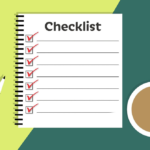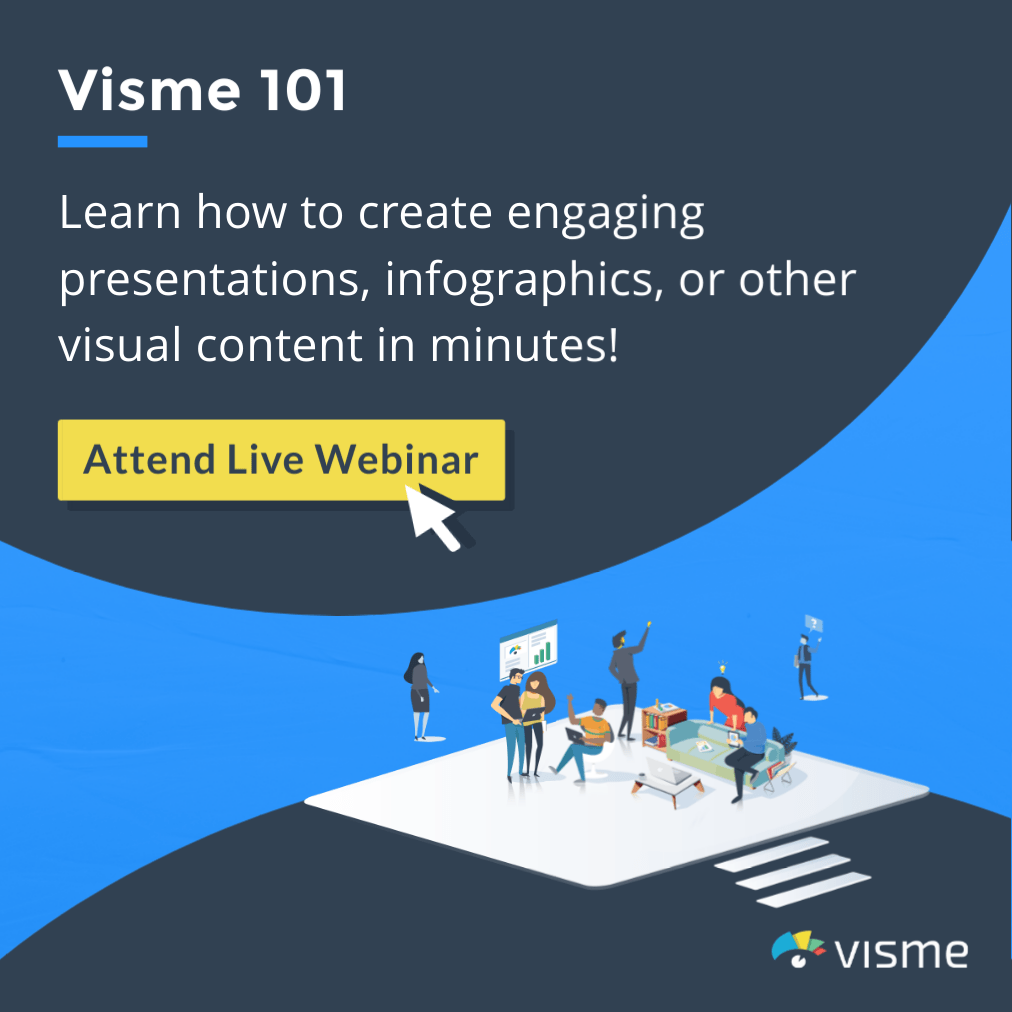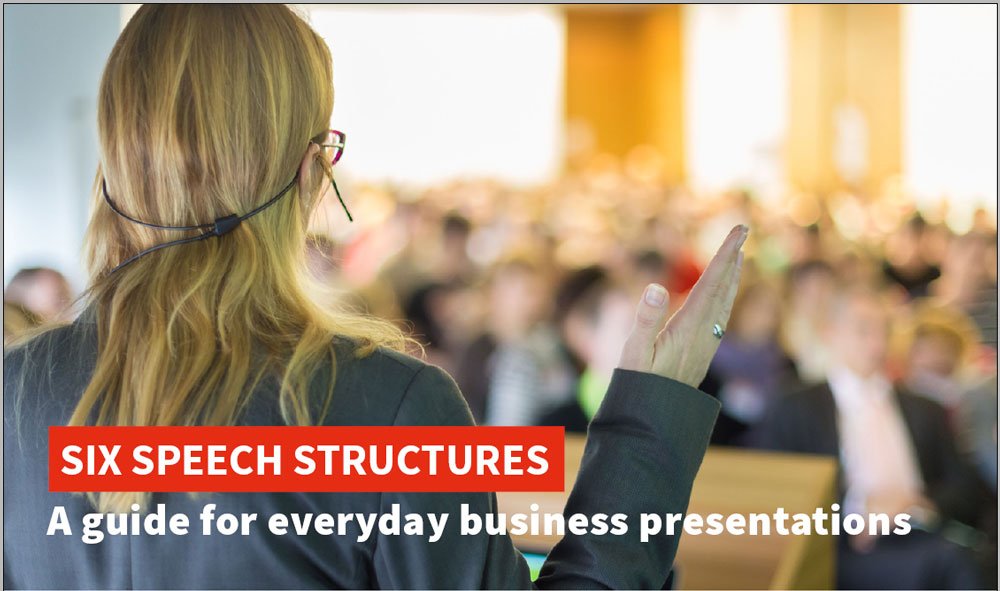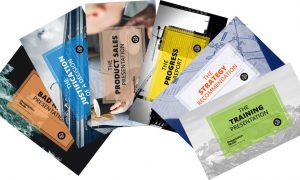A Checklist for Presenters – Our New FREE Questionnaire is Here
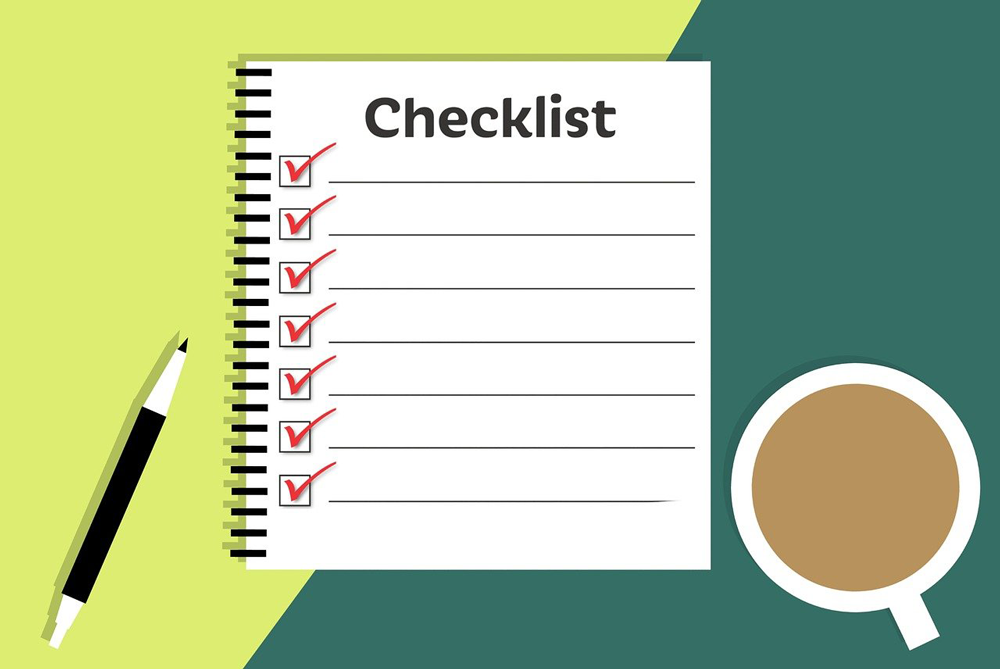

The team at Presentation Guru has been developing a comprehensive presentation skills questionnaire to help people assess their current level of skill in presentation and public speaking. It’s a life-changing ability. Do the questionnaire for free and get a detailed, individual report that identifies your strengths and shows you how you can develop yourself into the best public speaker you can be.
John Zimmer and Jim Harvey developed the questionnaire (and the competency framework behind it) because there wasn’t one that we could find that we believed in. We use the framework and the questionnaire in our work, helping people become the best presenters they can be.
What Do Great Presenters Do?
We built the competency framework around the three things that great presenters and public speakers do better than the rest.
The very best public speakers FIT their message to their audience; FOCUS on the most important things for that audience; and have real FINESSE when they speak.
Here are those three qualities in a little more detail:
FIT
The ability to create a message that is relevant to your audience for the presentation.
FOCUS
The ability to make a presentation short, logical and persuasive.
FINESSE
The ability to make a speech interesting, engaging and memorable.
Each competency is then broken down into smaller elements of skill, knowledge, attitude, and habit, which we think is a comprehensive set of behaviours followed by the very best presenters in business. We then describe each behaviour with positive or negative examples of such competence to illustrate the point. Here is an example of how it works from one competency. In this case ‘Building empathy for the audience’:
Major area | Competency | Descriptors |
| FIT | Builds empathy for their audience | +ve Contacts the audience prior to the event to understand their wants and needs |
| -ve Uses the same presentation for multiple audiences with few if any changes |
Here is the whole competency framework, and notice how the full set of competencies describe the skill-set of the very best speakers. It’s unlikely that all of us possess all of the skills at the highest level, each of us will have specific strengths (and specific development areas), but having a ‘Mutually Exclusive and Collectively Exhaustive’ set of competencies gives us all the chance to understand our strengths and build on our weaknesses.
FIT
Every lock has it’s key
(NOTE – These are not pairs of positive/negative indicators, they are lists of separate positive and negative behaviours.)
Competency | POSITIVE Indicators | NEGATIVE Indicators |
Builds empathy for their audience | ||
| Contacts the audience prior to the event to understand their wants and needs | Uses the same presentation for multiple audiences with few, if any, changes | |
| Conducts independent research about the audience to understand their challenges and goals | Approaches preparation for the presentation solely from the angle of what message they (the speaker) would like to convey | |
| Researches the cultural and linguistic norms and expectations of the audience | Spends the majority of the preparation time researching their own topic area and very little on their audience | |
| Reaches out to colleagues who have presented to this audience or culture previously, to better understand them | Often surprised on the day of the presentation with new information about the audience that they should have known beforehand | |
Understands themselves | ||
| Knows their strengths and weaknesses as a speaker | Does not routinely seek feedback after presenting | |
| Understands how the audience perceives their competence, trustworthiness, authority, expertise and works with that information to build a positive relationship | Cannot remember the last piece of actionable feedback they received | |
| Can describe and explain their own biases on the subject | Makes assumptions about how the audience views their credibility, trust, authority, expertise | |
| Unaware of potential bias in their own argument or point of view | ||
Understands their subject | ||
| Recognises gaps in their knowledge and acts to address them | Evidence used in presentation is out-dated or invalid | |
| Is honest about the extent of their knowledge/experience | Misrepresents their experience or expertise | |
Understands the relevance of their subject for the audience | ||
| Understands the audience’s level of knowledge about the subject | Does not consult the audience (the group or individuals) prior to the presentation | |
| Understands how the audience feels about the subject (favourable, opposed, afraid, confused) and why | Makes assumptions about what the audience knows about the subject | |
| Understands how open the audience is to change (persuasive techniques?) | ||
| Develops a clear message about the subject that is relevant to the audience | ||
Defines the presentation objective | ||
| Concentrates on the desired results | Outlines specifically what the audience needs to know, understand, and do at the end of the presentation | Does not have a clear objective before starting to prepare content |
| Summarises and tests the message | Can summarise the message in a single sentence before starting to prepare | Does not have a clear idea of the message to the audience before starting to prepare |
| Tests the message (with colleagues, audience members) to make sure it is clear | Covers too many ideas, which makes the message confusing for the audience | |
| Outlines the story | Identifies the logical path (the “red thread”) that holds everything in the presentation together | Has multiple “red threads” in their presentation that confuse the audience |
| Has received feedback from audience members that they did not understand the message | ||
FOCUS
Shorter is better than longer
Competency | POSITIVE Indicators | NEGATIVE Indicators |
Identifies the key points of the message | ||
| Understands that a presentation is, often, a message for or against an issue | Tries to cover every point related to the issue without editing for conciseness or relevance | |
| From a list of everything they could talk about, picks the most important points for this audience in this context | Is unclear about the relative importance of different parts of the presentation to the audience | |
| Understands how each key point supports the message | Presents information without a sense of making a message for or against an issue | |
| Is aware of the weaknesses in the message | Fails to show an understanding of the opposite point(s) of view | |
| Understands and addresses opposing points of view to build a stronger case | ||
Organises content | ||
| Uses story structure to shape the presentation | Understands the fundamentals of story structure: beginning, middle and end | Struggles to organise content into a coherent structure |
| Prepares an opening that engages the audience and tells them the purpose of the presentation | Presents the content without context and leaves the audience confused | |
| Organises the key points of the presentation into a logical sequence | Fails to link key points to each other | |
| Concludes by summarising the message and focusing on appropriate actions to be taken as next steps | Does not ask the audience to do anything at the end of the presentation – misses out that ‘call to action’. | |
Sharpens the message and adds supporting evidence | ||
| Removes unnecessary detail | Focuses on one type of support (e.g., numbers) for each key point | |
| Supports key points with a mix of evidence (facts, numbers, expertise, stories, humour, etc.) | ||
Tests the draft presentation | ||
| Tests the tone, logic and argument with colleagues, and is open to making changes based on the feedback | Assumes that the presentation draft will work for the audience | |
| Tests the tone, logic and argument with audience members/key stakeholders to check relevance and tone, and is open to making changes based on the feedback | ||
Creates support materials | ||
| Creates simple, effective visuals (where required) for illustration and emphasis during the presentation | Creates visuals to serve as comprehensive notes for the audience | |
| Creates simple handouts (where required) for the audience to use after the event | Reuses old visuals without assessing their appropriateness | |
| Adds appropriate props, activities and demonstrations to help the audience understand | Creates visuals that detract from the message/speaker | |
FINESSE
Final preparation
Competency | POSITIVE Indicators | NEGATIVE Indicators | ||
Understands and uses rhetorical tools | ||||
| Uses interesting and powerful language | Uses rhetorical tools to add power to the message | Uses metaphors, jargon and acronyms without explaining what they mean | ||
| Adds relevant quotes, data, and facts to make it memorable | Speaks in vague generalities without concrete examples | |||
| Uses relevant stories and examples to illustrate and emphasise key points and messages | Does not consider how to involve the audience in the presentation | |||
Engages the audience | ||||
| Encourages audience participation | Plans for audience involvement and participation, where appropriate and based on the audience’s needs | |||
| Where appropriate, invites the audience at the outset to participate actively either through comments or by using interactive technology | ||||
| Answers audience questions effectively | Encourages the audience to ask questions | Doesn’t make time for questions or runs out of time before questions | ||
| Encourages the audience to ask questions at the right time | Bluffs if doesn’t know the answer to a question | |||
| Anticipates and prepares for likely questions | Allows people to monopolise the Question & Answer session | |||
| Recognises when a question isn’t a question (or isn’t relevant) and responds appropriately | ||||
| Acknowledges when they don’t know the answer to a question or are not at liberty to say | ||||
| Offers to follow up if doesn’t know the answer to a question | ||||
Rehearses effectively | ||||
| Rehearses to build confidence and fluency | Rehearses for fluency and timing | Often goes overtime or significantly under time | ||
| Uses simple notes, if notes are required | Cannot move away from the prepared script | |||
Speaks with skill | ||||
| Uses one’s voice skilfully | Articulates clearly | Does not pause between key ideas | ||
| Uses pauses effectively | Speaks too quickly or too slowly | |||
| Can change the pace of delivery at appropriate moments for the audience and the speech | Speaks too softly or too loudly | |||
| Speaks at the right volume for the room, the audience and the microphone, when used | Reads from a prepared script | |||
| Emphasises keywords to increase understanding | Speaks in a monotone | |||
| Does not adjust (simplify/modify) one’s language when speaking to non-native speakers | ||||
| Uses one’s body with purpose | Stands in the right place for the audience | Fidgets and moves without purpose | ||
| Moves with purpose when speaking | Maintains a closed body position (hands together; hands in pocket) | |||
| Uses appropriate gestures for emphasis | Does not make eye contact with the audience | |||
| Makes effective eye contact with the audience throughout the presentation | Only looks to one section of the room, or to a limited number of individuals | |||
| Uses facial and physical expressions that support the words and the message | ||||
Is aware of and uses own emotions | ||||
| Controls one’s psychological and emotional state | Takes steps to manage nerves before and during the presentation | Allows their nerves to negatively affect their performance | ||
| Focuses on the audience instead of themselves | Is distracted by audience behaviour and doesn’t respond to it | |||
| Notices audience body language, facial expressions and engagement and responds appropriately | Doesn’t notice the audience’s non-verbal behaviour | |||
| Notices audience body language, facial expressions and engagement and responds appropriately | Doesn’t notice the audience’s non-verbal behaviour | |||
| Uses and expresses their emotions consciously to add impact to their message | ||||
| Gets feedback to improve as a speaker | Checks in with audience during the presentation | Makes no effort to gather feedback after the presentation | ||
| Gets feedback after the presentation | ||||
| Identifies improvement after the presentation | ||||
The Questionnaire is built upon the Competency Framework
The questionnaire links to these competencies and tests a person’s skills and knowledge against them. From each person’s responses we assess their skills and identify their strengths and specific development needs. The software then sends them a tailored report that details their individual strengths, identifies their specific development areas, and offers learning resources for them to use.
The questionnaire is completely FREE for the next 3 months
We’re now in the testing phase for the questionnaire. We need people to complete the questionnaire to help us prove it in the real world. For 3 months up until January 1st 2022, you can complete the questionnaire and get your tailored report for FREE. If you’d like to try it, click the red button below.
Start the Questionnaire Now


